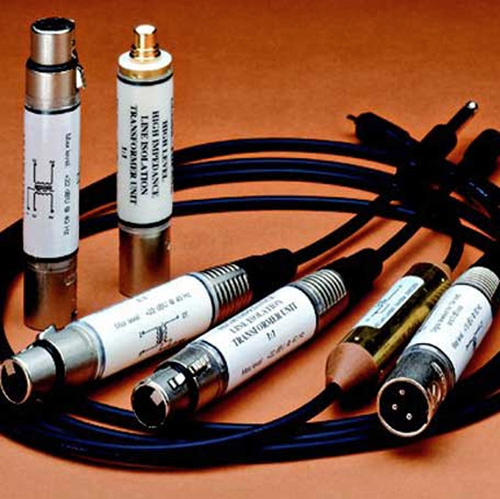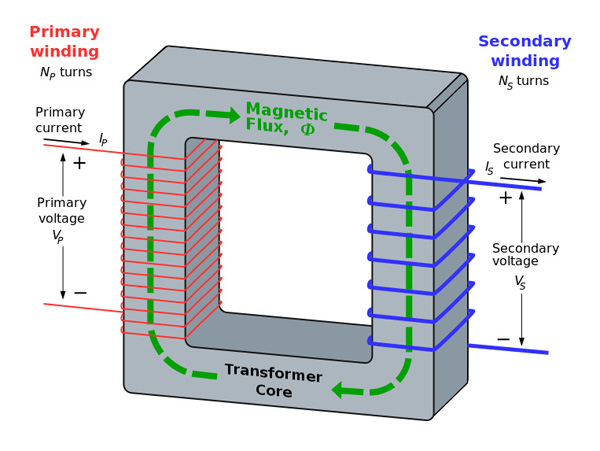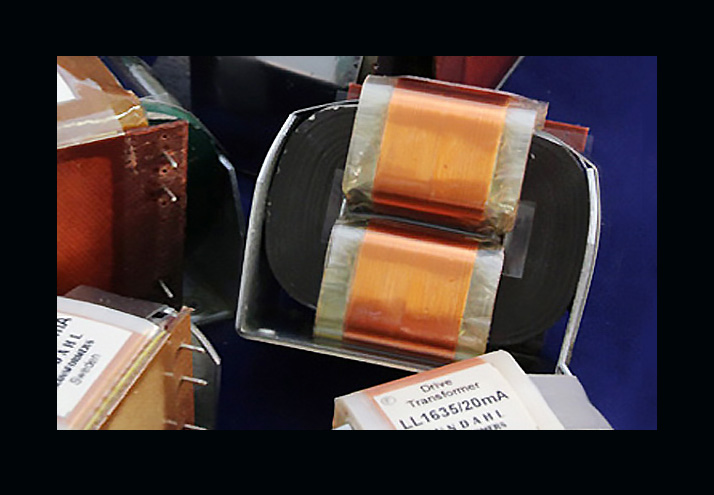In the dawning days of audio, transformers played a vital role in the functionality of first-generation all-tube based electronic circuitry. It was circa 1920 and radio broadcasts for the general populace had just begun, generating a rapid rise in the demand for broadcast audio systems, all of which needed transformers to function.
Later, as equipment for live sound reinforcement began to emerge, transformers again proved indispensible as the only means of matching microphone impedances to vacuum tube preamplifiers.
Transformers were also used as inter-stage devices in amplifiers, for line output drivers, and for matching a power amplifier’s output stage to the impedance of a loudspeaker voice coil – just as they are still used today in audiophile tube-based amplifiers and musical instrument amps.
Eventually, widespread use of transistor-based preamps and power amplifiers lessened the need for transformers, but as any electric guitarist will tell you, tubes “just sound better.”
Insurance Policy
However, transformers do much more than just impedance matching. They can differentially balance a microphone or line-level signal at the source, and then de-balance the same signal at the destination (or more properly stated, the “load”). In the process, electromagnetic interference (EMI), the cause of all-too-familiar hum and buzz, is cancelled out as a function of the transformer’s common-mode rejection ratio (CMRR or CMR).

The term “common mode” refers to any stray field that is common to both the plus and minus poles of a balanced line. Add the word “rejection” and it describes exactly what the transformer is doing: it phase-cancels the EMI because the poles are 180 degrees opposed to each other, thus rejecting any unwanted field induced in the cable.
This is pretty important stuff. When a line is not balanced, it becomes vulnerable to picking up all kinds of stray energy. Usually this takes the form of 60 Hz (or 50 Hz in Europe), along with related harmonics. The interference is induced in the cable from nearby alternating current (AC) power cables or from AC rectifiers in electrical devices.
Problems can also be caused by radio transmitters and other high-power devices that generate unwanted energy fields, such as diathermy machines and wood welders (yes, there really is such a thing as a wood welder). In the case of higher frequencies, the invasive energy may not be audible, but it can wreak havoc in a sensitive broadband mic preamp if the energy is not cancelled out by a precision-grade transformer (or by other means).
High-grade audio transformers, such as those manufactured by Lundahl in Sweden and Jensen in the U.S., exhibit high CMRR values across a broad spectrum of frequencies; low-grade transformers may help reduce hum and buzz a bit, but their CMRR is rarely sufficient to solve any significant problem. When it comes to hum and noise rejection, precision high-grade transformers are an invaluable insurance policy.
Ground Control
Audio transformers not only provide differential balancing of signals, they eliminate ground loops as well. In fact, very well.
Ground loops occur when two points should be at the same ground potential, but aren’t. They’re caused by improperly installed equipment (or sometimes improperly designed equipment), with the result being noise and interference in a system. Merely plugging AC power cords into outlets that do not share the same ground path can create a ground loop when one piece of equipment is connected to another.
When many devices are interconnected, or when devices are far apart, the likelihood of a ground loop increases significantly. Ground loops are what keep audio professionals working through the dinner break. They can be difficult to sort out because different manufacturers of consoles and signal processing gear use different grounding techniques.
Enter the transformer. It stops ground loops cold, without resorting to the dangerous practice of lifting the AC ground pin on (one or more) power cords. Those who know this carry a handful of “barrel” style line-level transformer isolators to gigs.
Matter Of Magnetics
A unique feature of transformers is the ability to transfer a signal from the primary winding to the secondary winding without any galvanic connection, thus the input and outputs are said to be galvanically isolated from one another.
Galvanic isolation refers to isolating one branch, or section, of an electrical system from another, preventing current flow. No conductivity is permitted between the sections, yet energy and information are still exchanged. This perfectly describes the function of an audio transformer. Instead of a galvanic connection, the input signal induces a magnetic field in the transformer’s primary, which in simple terms is a coil of wire wrapped around an iron core. The transformer’s secondary consists of another coil of wire wrapped around the same core, but insulated from the primary coil.

The two coils may have the same number of turns, or one coil may have greater or fewer turns than the other. This is known as the “turns ratio” and determines whether the transformer steps-up the applied voltage, steps-down the applied voltage, or does not re-scale it at all, but serves only to isolate.
When an AC signal is applied to the primary coil, it generates a field that is magnetically induced in the secondary windings, thus reflecting the properties of the applied signal, but not making direct electrical contact. This is the means by which ground loops are broken and unwanted current is prevented from flowing between two or more units that share ground conductors.
For this same reason, no transformer will ever pass direct current DC, because DC does not generate an alternating magnetic field. Note: DC blocking does not apply to auto-transformers that are sometimes used in 70-volt/100-volt distributed loudspeaker systems, because the primary and secondary windings of auto-transformers are connected galvanically.





















